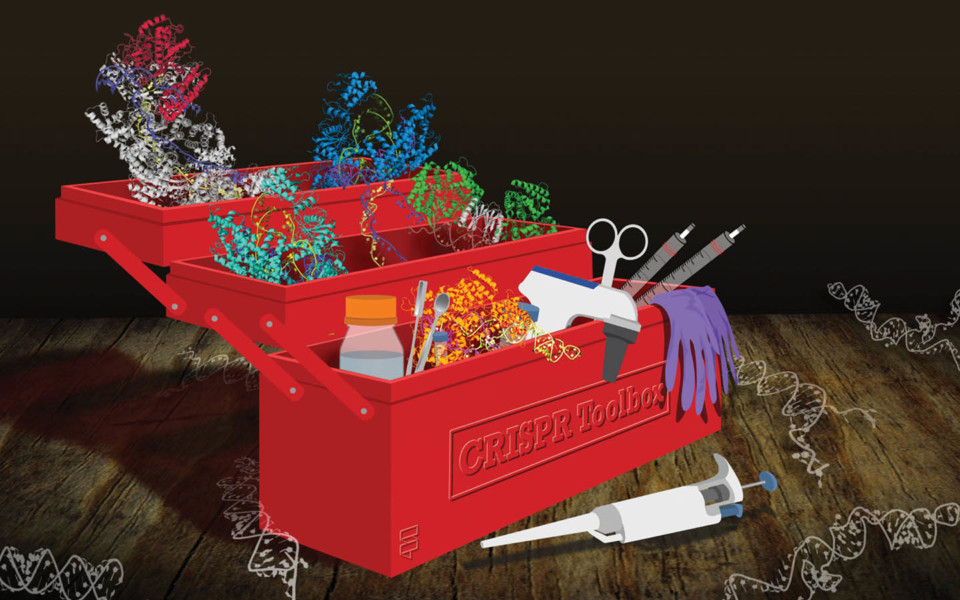Expanding the CRISPR Toolbox
If your only CRISPR tool is an ordinary Cas9 enzyme, you might imagine that every genome editing problem has the same solution, a blunt double-strand break. Fortunately, ordinary Cas9 enzymes are being joined by more sophisticated CRISPR tools. The new additions to the CRISPR toolbox, which include modified Cas9 enzymes and non-Cas9 enzymes, are helping scientists accomplish familiar genome editing tasks more elegantly, as well as tackle new tasks beyond the reach of ordinary Cas9.
At present, the proliferation of new tools is sustaining and even intensifying CRISPR research, which is already robust. Over a thousand CRISPR-related articles have been published over the past year. Many of them highlight the various CRISPR effector modules and describe how they are being characterized and tested for nucleic acid editing, imaging, and disease diagnostics. Some of the new tools are opening up epigenomic applications (by tethering methyltransferases to enzymatically deactivated Cas9 proteins); others are enabling controllable activation of Cas9 (by inserting light-responsive domains into Cas9 proteins or engineering small-molecule-inducible guide RNAs); yet others are installing off switches into CRISPR systems (by adapting phage elements that degrade or inhibit Cas proteins).
Besides developing platforms that elaborate on Cas9 in various ways, researchers are exploring alternative Cas enzymes, such as Cas3, Cas12, and Cas13, as well as CRISPR-based transposon systems. The alternative platforms promise to bring about novel applications, provided that various platform-specific challenges, such as the targeted delivery of bulky CRISPR elements, can be overcome.


